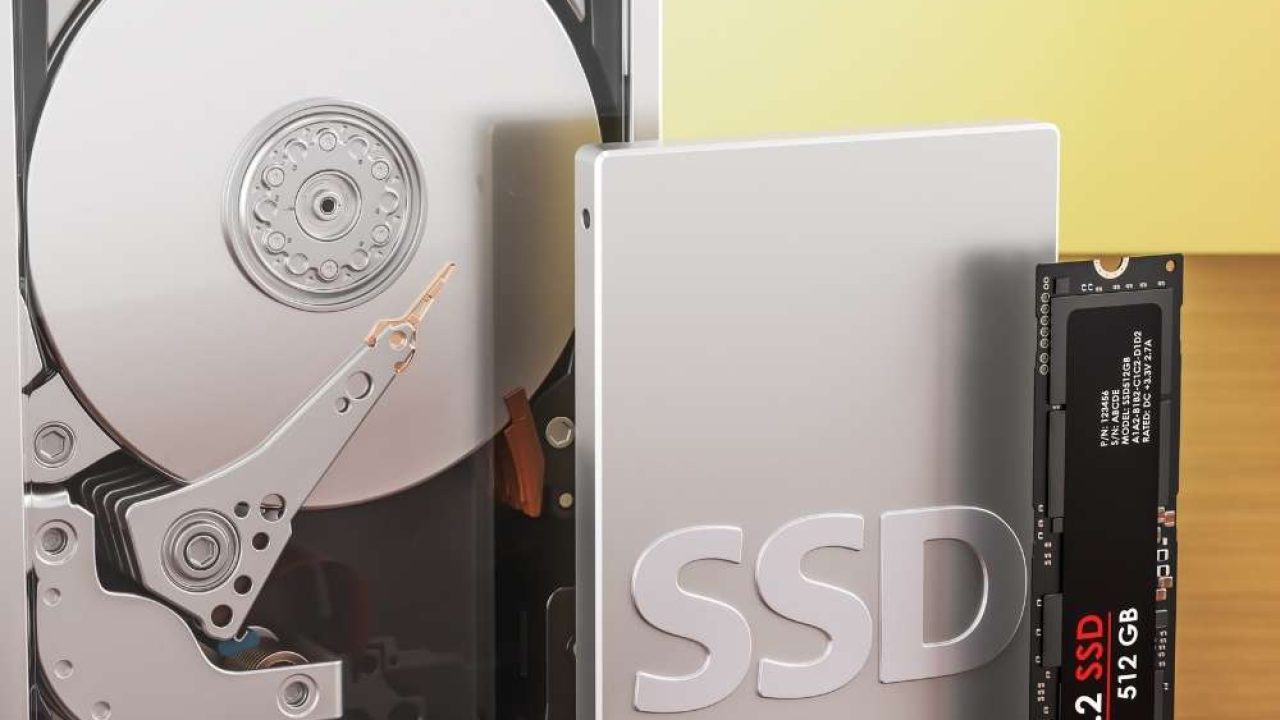Solid State Drives (SSDs) and Non-Volatile Memory Express (NVMe) are both popular storage devices that have revolutionized the computer industry. However, many people still find it challenging to choose between these two options, as both offer unique advantages and disadvantages. In this article, we will compare SSD and NVMe and help you decide which one is right for you.
What are SSDs and NVMe?
Solid State Drives (SSDs) and Non-Volatile Memory Express (NVMe) are both storage devices that have no moving parts, unlike traditional hard drives. They use NAND flash memory to store data, making them faster, more reliable, and less prone to mechanical failures than traditional hard drives.
SSDs use a Serial ATA (SATA) interface to connect to a computer, while NVMe uses a Peripheral Component Interconnect Express (PCIe) interface. This difference in the interface is what sets NVMe apart from SSDs, as it allows for faster data transfer rates and lower latency.
Speed and Performance
When it comes to speed and performance, NVMe drives are the clear winner. With read and write speeds of up to 3,500 MB/s and 3,300 MB/s, respectively, NVMe drives can transfer data much faster than SSDs. SSDs, on the other hand, typically have read and write speeds of up to 550 MB/s and 520 MB/s, respectively.
NVMe drives also have lower latency than SSDs, which means they can access data much faster. This makes them ideal for use as a boot drive or for storing frequently accessed files and applications.
Capacity
When it comes to capacity, both SSDs and NVMe drives come in a variety of sizes, ranging from 128GB to 4TB or more. However, NVMe drives are typically more expensive than SSDs, so you may need to pay a premium for larger capacities.
Cost
Speaking of cost, SSDs are generally more affordable than NVMe drives, especially when it comes to entry-level models. However, if you want top-of-the-line performance, you’ll need to pay a premium for an NVMe drive.
Compatibility
One thing to keep in mind when choosing between an SSD and an NVMe drive is compatibility. NVMe drives require a motherboard with a PCIe slot that supports NVMe, which may not be available on older motherboards. SSDs, on the other hand, use a SATA interface, which is more widely supported.
Form Factor
When it comes to form factor, both SSDs and NVMe drives come in a variety of sizes, including 2.5-inch, M.2, and U.2 form factors. M.2 is the most popular form factor for NVMe drives, as it allows for faster data transfer rates than the other form factors.
Reliability
Both SSDs and NVMe drives are more reliable than traditional hard drives, as they have no moving parts. However, NVMe drives are typically more reliable than SSDs, as they use higher quality NAND flash memory and have more advanced error-correction algorithms.
Endurance
Endurance refers to the number of read/write cycles a drive can endure before it starts to fail. NVMe drives typically have higher endurance than SSDs, as they use higher quality NAND flash memory and have more advanced wear-leveling algorithms.
Power Consumption
When it comes to power consumption, NVMe drives consume less power than SSDs. This is because they use a more efficient interface and have lower latency, which means they can complete tasks faster and use less power overall. However, the difference in power consumption between the two is relatively small, so it may not be a deciding factor for most users.
Temperature
NVMe drives generate more heat than SSDs due to their higher performance, which can be a concern in smaller or poorly ventilated systems. However, most NVMe drives come with built-in thermal management features that help regulate temperature and prevent overheating.
Noise
Both SSDs and NVMe drives are silent, as they have no moving parts. This makes them an excellent choice for users who want a quiet system.
Gaming
NVMe drives offer faster load times than SSDs, which can be beneficial for gamers who want to load games quickly. However, the performance gains from using an NVMe drive may not be noticeable in all games, so it may not be worth the premium price for some users.
Conclusion
When it comes to choosing between an SSD and an NVMe drive, there is no one-size-fits-all answer. It depends on your specific needs and use case. If you need top-of-the-line performance, low latency, and fast load times, an NVMe drive may be the best choice. However, if you’re on a budget or need compatibility with older systems, an SSD may be a better option.
FAQs
- Are NVMe drives worth the extra cost over SSDs?
- It depends on your specific needs. If you need top-of-the-line performance and low latency, an NVMe drive may be worth the extra cost. However, if you’re on a budget or don’t need the extra performance, an SSD may be a better option.
- Can I use an NVMe drive with an older motherboard?
- It depends on your motherboard. NVMe drives require a PCIe slot that supports NVMe, which may not be available on older motherboards.
- Do NVMe drives generate more heat than SSDs?
- Yes, NVMe drives generate more heat than SSDs due to their higher performance. However, most NVMe drives come with built-in thermal management features that help regulate temperature and prevent overheating.
- Are NVMe drives louder than SSDs?
- No, both SSDs and NVMe drives are silent, as they have no moving parts.
- Can an NVMe drive improve gaming performance?
- An NVMe drive can improve load times in some games, but the performance gains may not be noticeable in all games.
